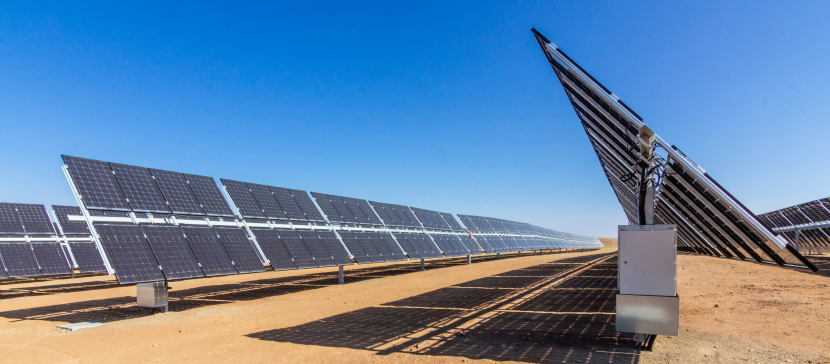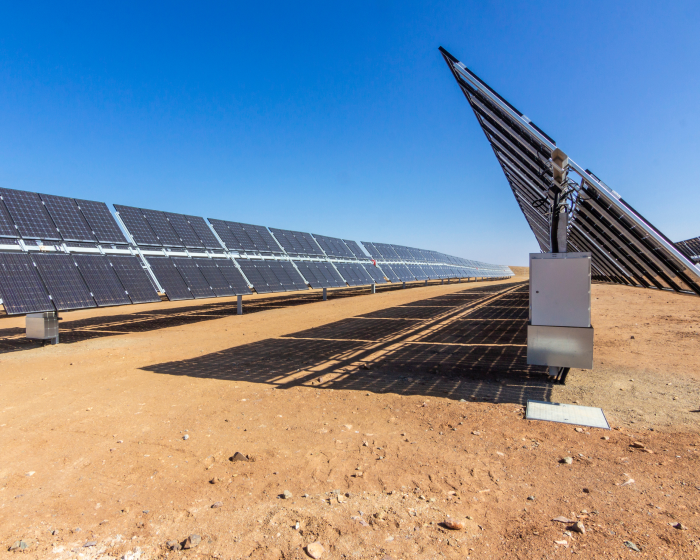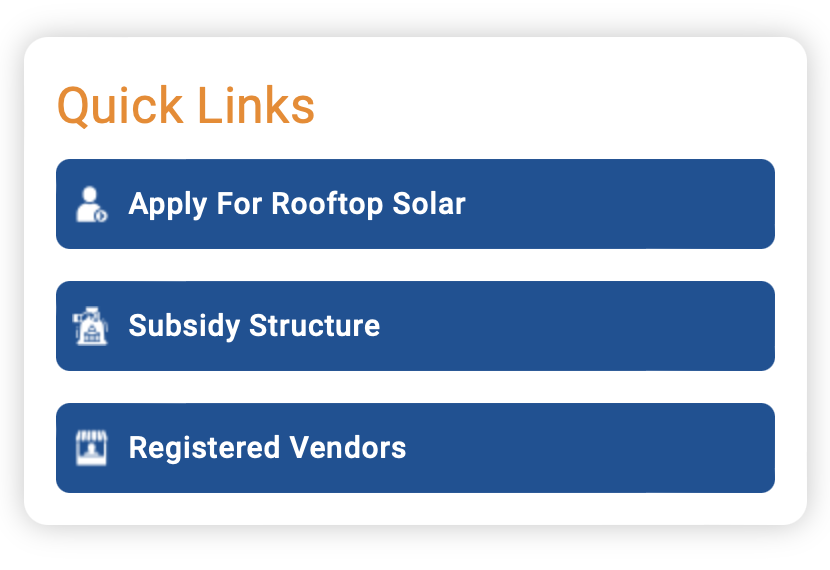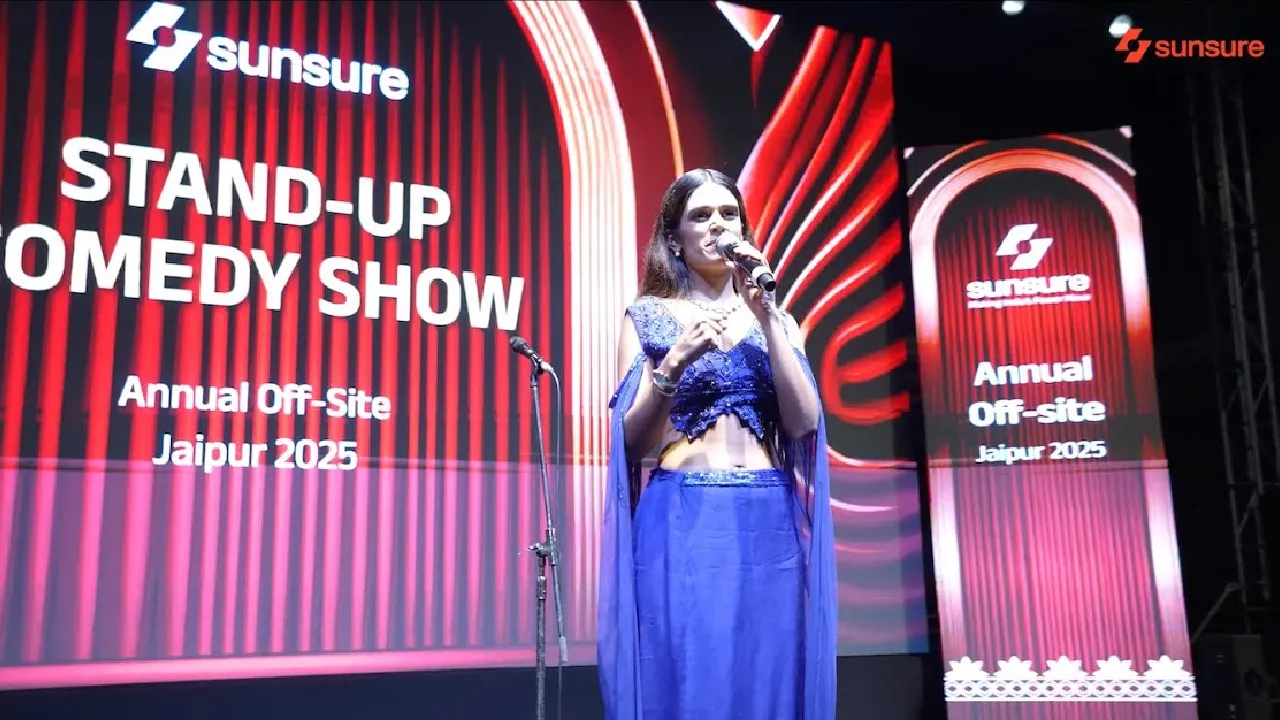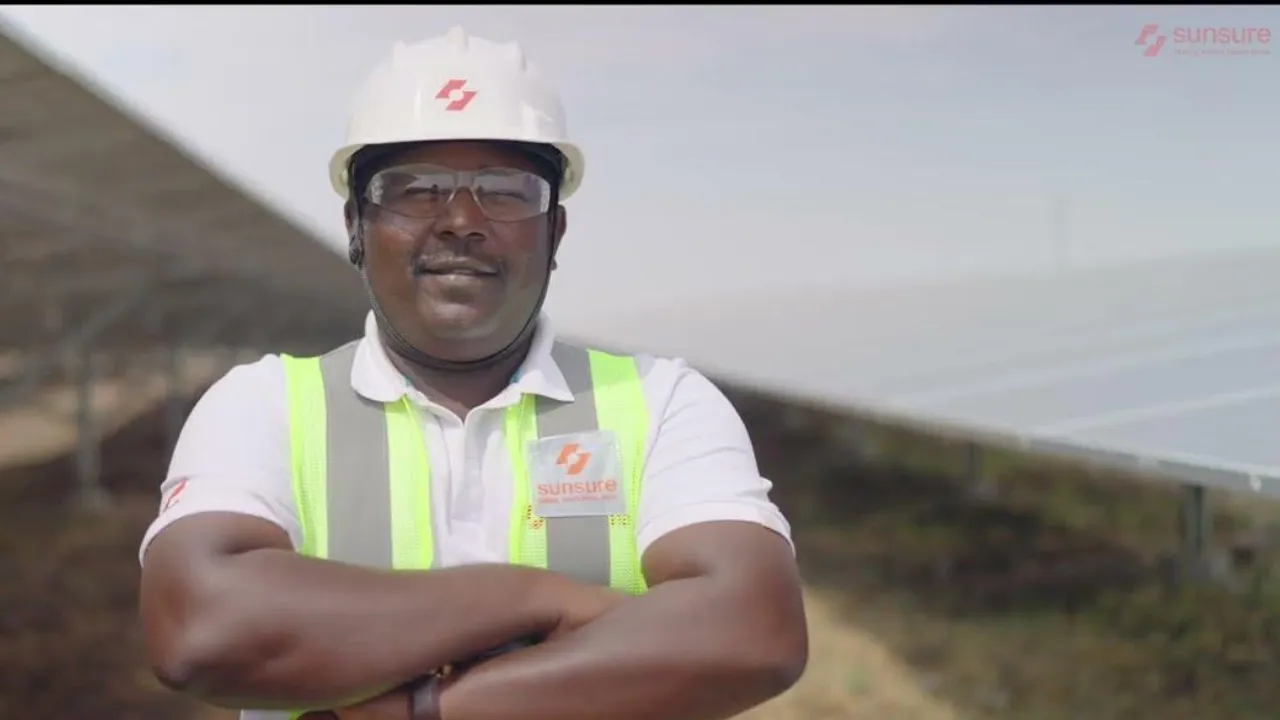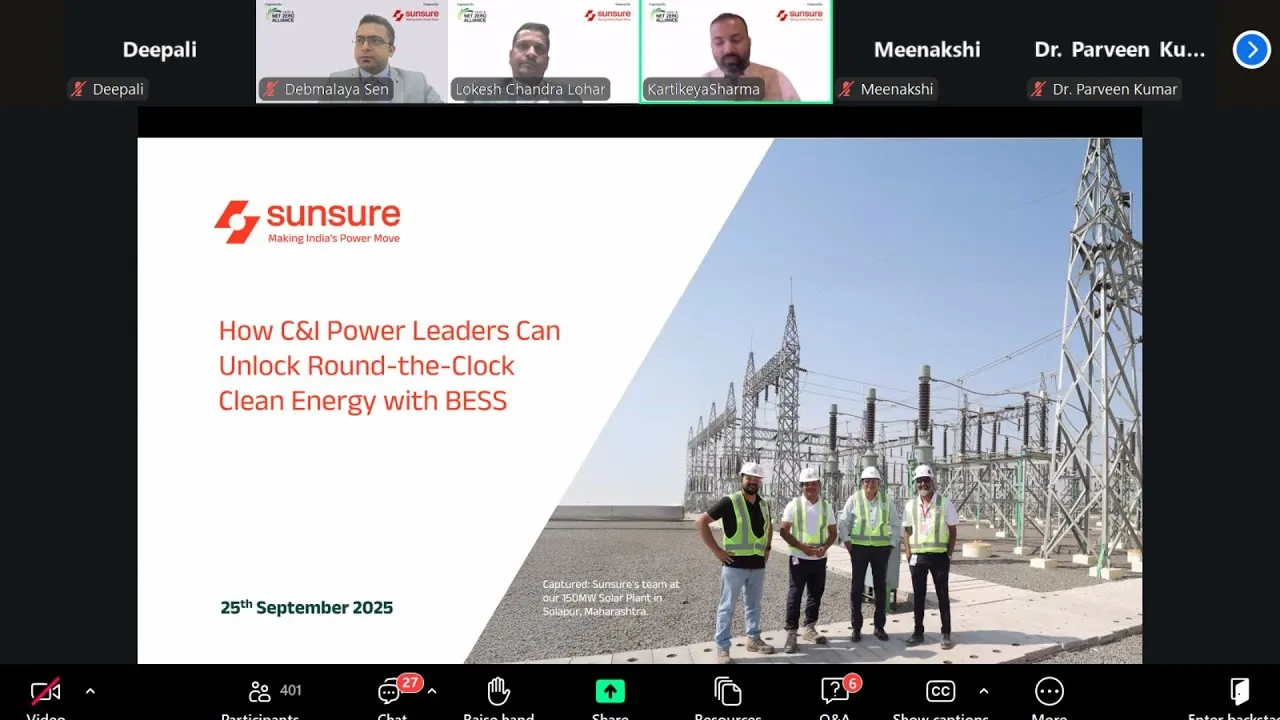India’s commitment to clean energy, driven by the National Solar Mission (2010) and ambitious 2030 targets of 500 GW from non-fossil sources has spurred rapid solar adoption, encouraging both residential and commercial adoption. This has set the stage for rapid innovation in solar technology with an increasing focus on improving the efficiency and performance of solar panels.
The innovation led to the bifacial solar panels coming into picture – an advanced technology that captures sunlight on both the front and rear sides of the panel, significantly boosting energy yield. Though the concept of bifacial panels has been around since the 1960s, it was not until the mid2010s that the technology began to gain serious traction. Years progressed with the government discussing and promoting the adoption of bifacial solar panels, but it was only around 2018 when the Ministry of New and Renewable Energy (MNRE) recognised their potential for enhancing energy output in large-scale solar projects. Today, bifacial panels are increasingly seen as a key component of India’s solar strategy, promising to improve the efficiency of solar power generation further as the country works toward its 2030 renewable energy goals.
What is a Bifacial Solar Panel and How is it Different from The Monofacial Solar Panel?
A regular, monofacial solar panel absorbs natural light directly from the front surface panel.
However, a bifacial solar panel goes a step ahead. It collects the sun’s energy from both the front (direct sourcing) and back surfaces (through reflected light) of its panels. Moreover, the bifacial solar panel is designed to optimise energy efficiency, thereby creating better returns.
Let’s explore how a bifacial solar panel is different from a monofacial solar panel:
| Key Factors |
Bifacial Solar Panels |
Monofacial Solar Panels |
| Functioning |
Captures sunlight from both sides of the solar panel surfaces, maximising efficiency and output through increased energy production. |
Captures sunlight from the top surface of the solar panel. |
| Maintenance cost |
Has a high maintenance cost |
Simple design with low maintenance costs |
| Weight |
The panels are heavier due to the additional glass layer on the back. |
The panels are lighter and easier to install. |
| Lifespan |
It has a longer lifespan of 25 to 30 years due to high durability. |
Built to perform for over 20 to 25 years. |
| Durability & Adaptability |
These panels are durable due to their dual-glass construction, protecting the panels on both sides. They can resist extreme weather including strong winds, heavy snow, and UV radiation. They can also adapt to changing environmental conditions and low-sunlight areas. |
These panels are constructed with a single-layer glass on the top surface. Therefore, they cannot withstand extreme but rather typical weather conditions. These panels are not suited for low-sunlight areas or changing environmental conditions such as the seasonal shifts from bright summers to dull winters. |
| Suitable Areas for Installation |
Can be used for various applications including rooftops, and ground-
mounted arrays, carports, garage roofs, and integrated into buildings for commercial and utility-scale projects. |
Can be installed on rooftops made of tile, shingle, or metal. They can also be installed in gardens, fields, courtyards, or solar farms, and even on portable devices. |
| Ease of Installing |
Requires careful planning and expertise during installation. Since the photovoltaic cells are present on both sides, the panels need to be installed in areas where both sides can easily capture sunlight.
|
While these are much easier to install, they need to be planned for in areas with sufficient sunlight. Cannot generate enough electricity with a dense volume of trees and shaded areas.
|
| Appearance & Design |
These panels present a more aesthetically pleasing look because of their frameless design, decreasing shading on the edges. The back sheet is transparent, giving it a less intrusive look. |
Monofacial panels offer a traditional look and design with solid black or blue cells on the front. These panels are less aesthetically appealing |
Bifacial Solar Panel Function, Design & Structure: How it works
These double-sided solar panels are designed to harness both direct and reflected sources of sunlight. These panels use photovoltaic cells that are fixed on the top and rear surfaces. When the sun’s light hits the front side, these photovoltaic cells absorb the light and generate electric current. After this, the transparent back sheet on the back allows the sun’s light to pass through and get reflected on the rear surface. This reflected light generates additional electrical current through its photovoltaic cells. Below is a detailed input of a bifacial solar panel work.
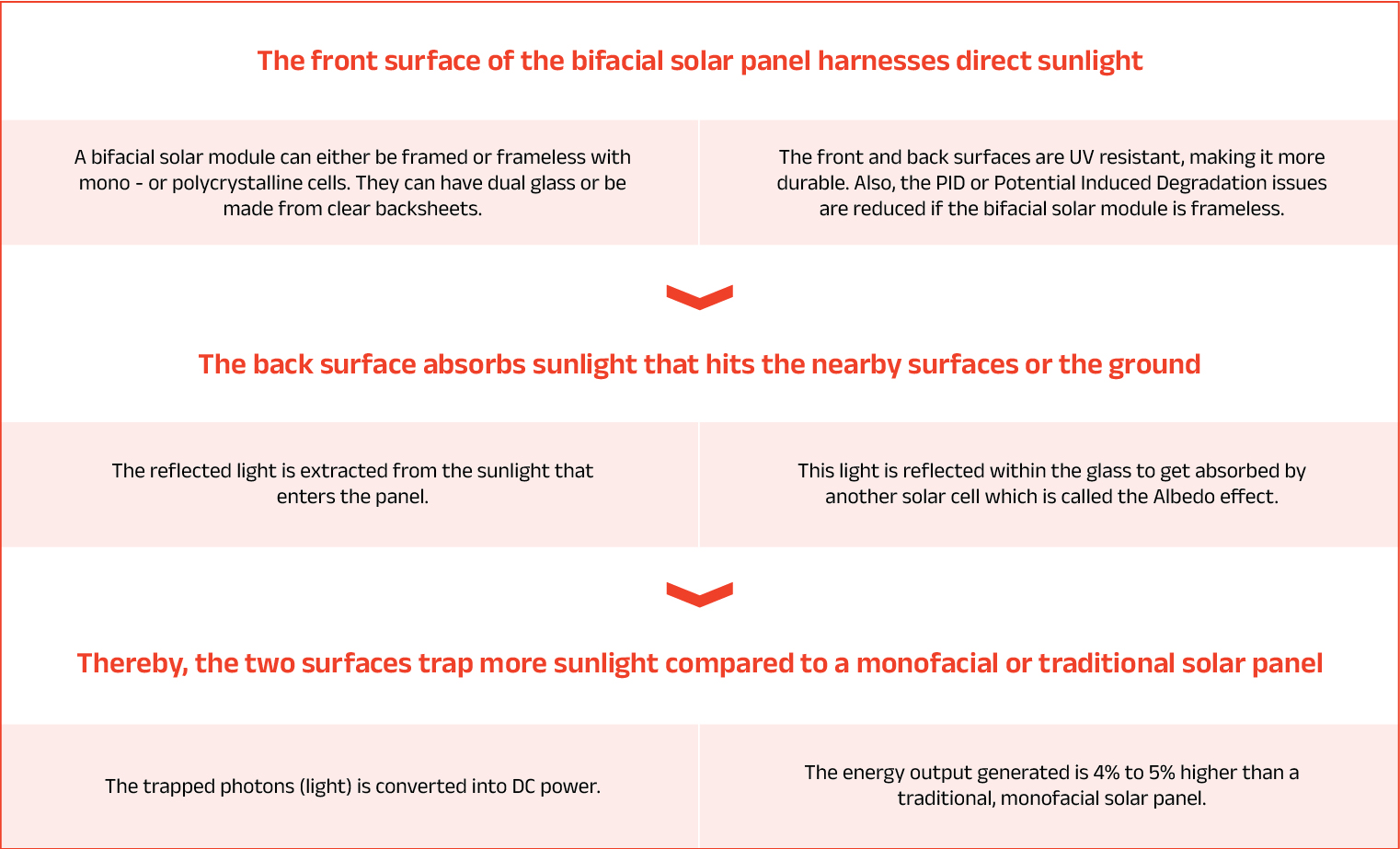
Bifacial solar panel’s efficiency: understanding how it operates
Types of Bifacial Solar Panels
If you are wondering what is a bifacial solar panel made of then this depends on their types, mainly:
Type #1: Glass-Glass
- Typically, frameless and designed with a layer of glass on both surfaces.
- Can withstand extreme wind loads due to durability and strength.
- The efficiency rate is higher than that of the glass-back sheet solar panel.
Type #2: Glass-Backsheets
- Typically, framed panels with a transparent back sheet.
- Cost-effective in transportation, tracker installations, and labour.
- Its efficiency rate is lower compared to the glass-glass type panel.
Type #2: Glass-Transparent Backsheet
- Framed at the front with glass and a transparent backsheet on the rear surface.
- More cost-effective than glass-glass panels.
- Provide effective bifacial performance.
Bifacial Solar Panel Efficiency, Output, and Price
The bifacial solar panel’s efficiency is measured by the ability to convert sunlight into electricity. Most energy output claims made 25% or higher gains. However, Arc Vera Renewables have analysed and suggested that the resultant energy gains range between 3-10%. This kind of energy output is possible based on technical parameters, accurate measurement, and site design.
Therefore, taking a look at the differences between the efficiency, output, and price, we observe the following:
| Category |
Surface where the sun’s power is harnessed |
Efficiency |
Approximate Price |
| Monofacial Solar Panels with monocrystalline cells |
The front surface |
19-21% |
₹29/watt |
| Monofacial solar panels with polycrystalline cells |
The front surface |
16-17% |
₹24.5/watt |
| Bifacial panels |
The front and rear surface |
Up to 22% |
₹30/watt |
In the solar industry, the cost is typically quoted in terms of price per watt because this provides a standardized way to compare the cost of different panels regardless of their size or efficiency.
In this context, the price of ₹24.5/watt represents the cost of producing or purchasing one watt of energy-generating capacity from the Monofacial Solar Panels with Polycrystalline cells. So, if you were to buy, for example, a 300-watt solar panel, the total cost would be:
300 watts x ₹24.5/watt = ₹7,350
Bifacial Solar Module for Commercial Purpose: Applicable Installation Scenarios
There are a range of commercial purposes that the bifacial solar module is used, including:
- Commercial rooftops with sufficient space: Bifacial solar panels can be installed on commercial building rooftops with large spaces.
- Farmlands: Bifacial solar panels can be installed above farmlands as well by forming an agro-voltaic system. By installing these panels, crops can efficiently use direct and reflected sunlight.
- Massive terrestrial photovoltaic power plants: Bifacial solar panels are highly effective on high grounds where reflectivity is at its peak. These grounds covered by white cover or sand use the sunlight reflected from them. This allows larger ground-based solar cells to harness the sun’s light properly.
- Parking lot awnings: The parking lot awnings can shelter and shade the parking area. Furthermore, they can harness the sun’s energy from the top and bottom surfaces at the same time.
- Body water utilisations: These double-sided solar panels can be installed on water surfaces to enhance power generation utilisation. The water surface acts as a reflector and has a protective effect on the water body too.
- Low run angle regions: Bifacial solar panels are effective in places where the sunlight’s angle is low such as near the poles.
- Urban areas with vertical installations: Certain urban areas have limited space such as pedestrian bridges, subway stations, recreational areas, parks, and overpasses. However, bifacial solar panels can be installed in these places as well through vertical installations.
Bifacial Solar Panel Price
Bifacial solar panel prices differ based on the size, market and capacity needed for commercial use. So, we’re providing a quick list of the approximate prices to get an idea, including the energy output you can expect.
| Type |
Energy Output
(Watt-Peak (Wp)) |
Price
(approximate) |
| N-Type Frame Dual Glass, Non-DCR Module – 144 cells |
575 Wp |
₹13,491.80 |
| Framed Dual Glass Mono
PERC Bifacial Solar Module – 144 cells |
525 Wp |
₹13,499.49 |
| Framed Dual Glass Mono
PERC Bifacial Solar Module – 144 cells |
530 Wp |
₹13,499.49 |
| Framed Dual Glass Mono
PERC Bifacial Solar Module – 144 cells |
535 Wp |
₹13,499.49 |
| N-Type Framed Dual Glass
Bifacial Non-DCR Solar
Module – 144 cells |
570 Wp |
₹14,499.50 |
| Framed Dual Glass Mono PERC Bifacial DCR Solar Module – 144 cells |
540 Wp |
₹18,499.50 |
| On-Grid Single Phase 540 Bifacial Non-DCR Solar Combo – 5 Component |
3 Kw (Kilowatt) |
₹101,999.52 |
| Single phase 575 Topcon
Bifacial Non-DCR Solar Combo – 5 Component |
3 Kw |
₹103,998.72 |
| On-Grid Bifacial 540 DCR
Solar Combo – 5 Component |
3 Kw |
₹131,998.72 |
Subsidies on Bifacial Solar Panel
For systems larger than 3 Kw energy capacity, a subsidy of Rs 78,000 is granted as per the PM Surya Ghar Muft Bijli Yojana. Moreover, you can benefit from subsidies if the installation does not go beyond 85% of the sanctioned load. This subsidy only applies to solar panels manufactured in India. Here’s how you can claim a subsidy for bifacial solar panels:
- Step 1: Register on the subsidy portal and select your State & Electricity Distribution Company.
- Step 2: Apply for the Rooftop Solar form and await the feasibility approval. Once you get approval, you can reach out to a registered vendor in your DISCOM and carry out installation.
- Step 3: Send the details of your solar plant installed and apply for a net meter. After this, you will get a commissioning certificate once DISCOM inspects the installation of the bifacial solar plant, and the net meter is installed.
- Step 4: After receiving the commissioning report, you will be asked to provide your bank account details and a cancelled cheque. The subsidy will be sent to your bank account within 30 days.
As India strives to relentlessly pursue clean energy, bifacial solar panels emerge as a resourceful and empowering tool to accelerate progress. By tapping the full potential of the sun, this innovative technology can boost the nation’s solar power capacity. With ongoing technological advancements and the introduction of favorable government policies, bifacial solar panels are most likely going to play a pivotal role in shaping India’s sustainable energy goals.
Subscribe to our newsletter
